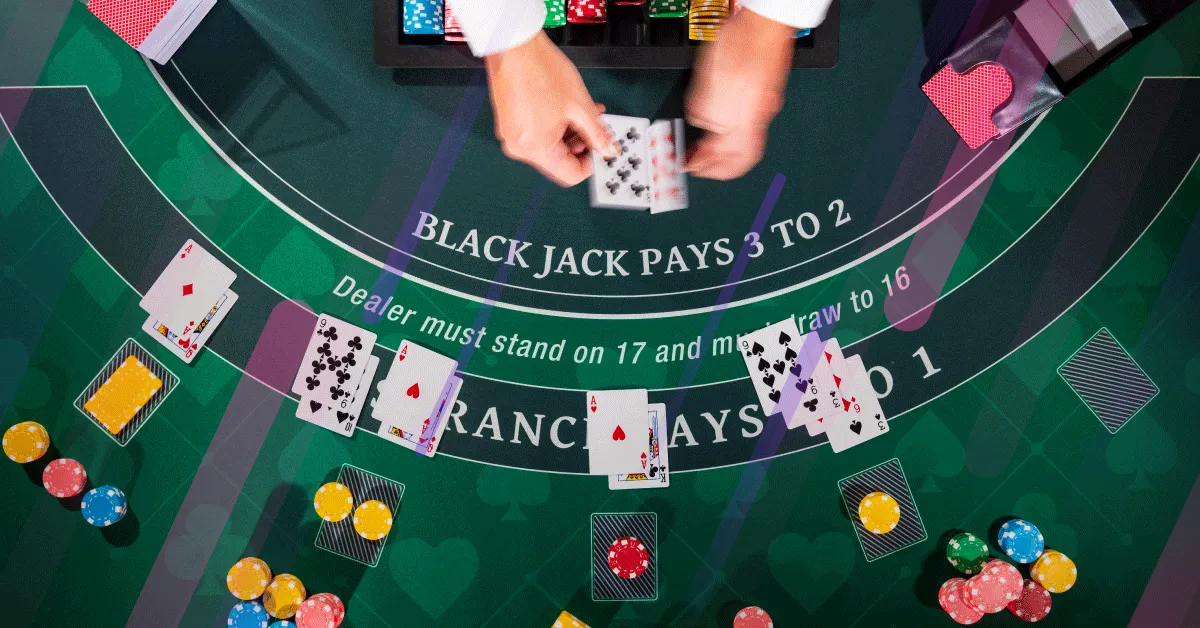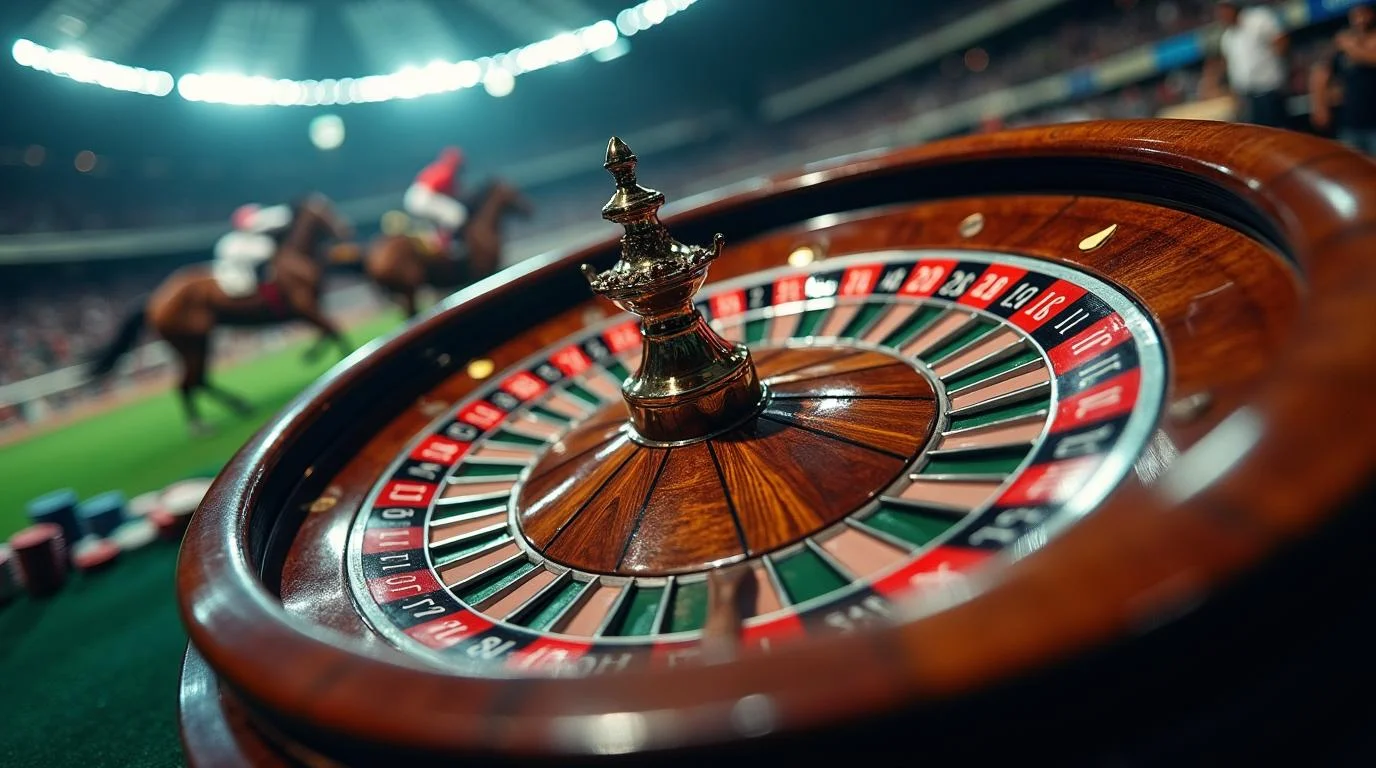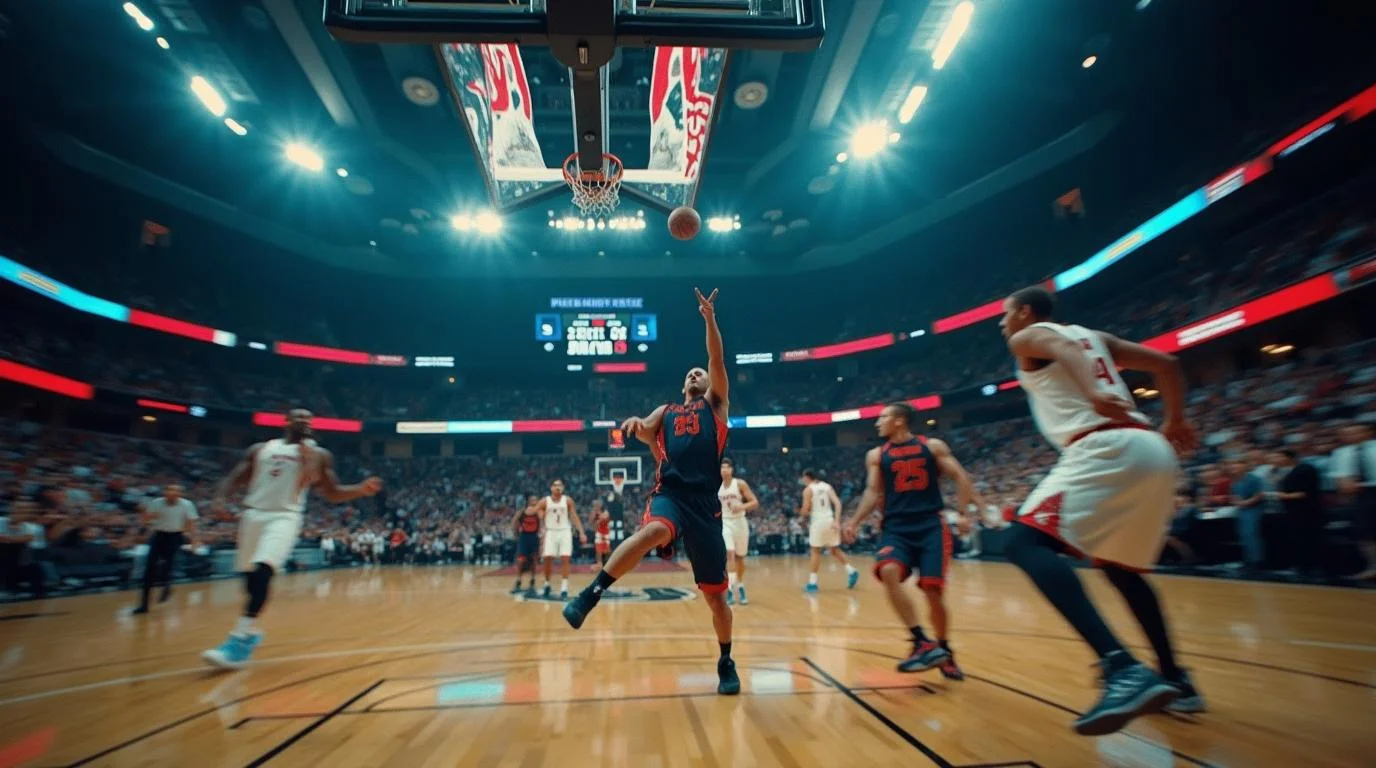But everyone knows that not all blackjack is created equal. In fact, one variation stands out in European casinos and online platforms, and it is none other than European blackjack. American and European blackjack are both heavy contenders – but in this comprehensive guide, we’ll break down everything you need to know about European blackjack, from its defining rules and key differences compared to American-style blackjack to strategic insights shared by seasoned pros. So are you looking to switch up your game or even planning a trip to a European casino? With this guide, you will be fully equipped even before you step out onto the casino floor, whether online or offline.
What is European blackjack?
European blackjack is a popular variant of the classic 21 game found throughout Europe and in many online casinos. At first glance, it looks similar to the standard version of blackjack you’ll find in Las Vegas or Atlantic City. However, several subtle but significant rule differences change how the game is played and how players must adapt their strategies.
Key rule differences between European and American blackjack
Before diving into the different strategies, it’s crucial to have a thorough understanding of how European blackjack differs from standard (or American) blackjack. While the core objective of the two kinds of blackjack remains the same – to beat the dealer without going over 21 - the rules in European blackjack create a different pace and dynamic.

You may already be aware of the general differences - in European blackjack, for instance, the dealer only has one single card, and this card is face up, while in American blackjack, dealers have two cards, with one card facing up and the other card facing down as part of the initial deal. But there are other subtle and not-so-subtle differences, as you will see below:
- No hole card
The most significant difference in European blackjack is that the dealer does not receive a hole card. In American blackjack, as mentioned above, the dealer gets one face-up card and one face-down card (the “hole” card), which is checked for blackjack before players make their decisions. In European blackjack, the dealer only receives one card initially. The second card isn’t dealt until after players complete their hands.
Why this rule matters: This changes how players manage their risk. In American blackjack, you might know when to stand or double down because the dealer doesn't have a blackjack. But in European blackjack, you must make decisions blindly – which can lead to greater losses in scenarios where the dealer completes a blackjack after you've already doubled down or split.
- Deck configuration
As you may already know, European blackjack typically uses two decks of cards, whereas American blackjack often uses six to eight decks.
Why this rule matters: Fewer decks slightly reduce the house edge and make card counting easier, although the no-hole-card rule counterbalances this advantage.
- Doubling down
In many European blackjack games, players can only double down on hard hands totaling 9, 10, or 11. American blackjack rules tend to be more flexible, allowing doubles on any two-card hand.
Why this rule matters: This restricts your opportunities to maximize value, especially when you hold soft hands like A-6 or A-7.
- Splitting rules
In European blackjack, players are often allowed to split only once, and re-splitting is typically not permitted. Additionally, some rules may prohibit splitting 10-value cards unless they’re a perfect pair (e.g., two Jacks rather than a Jack and a Queen).
Why this rule matters: Limited splitting reduces a player's flexibility and potential profits from favorable scenarios.
- Blackjack payouts
In both European and American blackjack, the standard payout for a natural blackjack is 3:2, but some European tables – especially low-stakes or online ones – may only pay 6:5.
Why this rule matters: A 6:5 payout significantly increases the house edge and should generally be avoided if you’re a serious player.
The General Rules of European Blackjack in a Nutshell
- The dealer does not receive a hole card at the start. If the dealer ends up with a blackjack after drawing their second card, players lose all bets on that hand – including any doubles and splits.
- The dealer is required to stand on a soft 17.
- Players are only allowed to double down when holding a hard 9, 10, or 11 – unless they’re playing in the UK, where doubling down is permitted on any initial two cards.
- A natural blackjack pays out at odds of 3 to 2.
How these main differences can affect your strategy
Now that we’ve laid out the major rule differences in European blackjack, let’s explore how they affect the way you should actually play European blackjack. Here’s one point to remember: relying solely on American blackjack strategies can lead to costly mistakes.
- Adjusted risk management
Because there’s no dealer hole card in European blackjack, doubling and splitting may carry more risk. For instance, if you double down on a total of 11 and the dealer ends up drawing a natural blackjack, you lose twice your bet. In American blackjack, you would have been warned by the dealer checking for blackjack before you doubled.
- Tighter doubling range
Since you can only double on 9, 10, or 11, you need to make sure you’re doing it optimally. You should therefore double down on:
- 9 when the dealer shows 3 through 6
- 10 when the dealer shows 2 through 9
- 11 against any dealer card except an Ace
- More conservative splits
You should also avoid risky splits – especially against strong dealer upcards. For example, if you decide to split 8s against a 10, this might be a standard move in American blackjack, but in European blackjack, the lack of a dealer hole card check makes this riskier.

Understanding the key differences between blackjack variants
Once again, we will highlight the most common distinctions between the two main types of blackjack. As you will notice, many of these differences depend on the specific casino where you're playing – that’s because rules can vary significantly from one venue to another, so it’s important to check the rules first before you play.
Always review the rules prior to playing
Before diving into a game, take a moment to examine the rules. Even slight variations can impact your odds, so it's crucial to know what you're getting into.
The most crucial rule: blackjack payouts
The single most important rule to watch out for is how much the casino pays out for a natural blackjack. If the payout is 6 to 5 instead of the traditional 3 to 2, that’s a clear warning sign to walk away!
Why 6 to 5 is a dealbreaker
A 6:5 payout increases the house edge by about 1.39%. That’s a major jump and makes it extremely difficult - if not virtually impossible - for a skilled player to gain a long-term advantage.
Look for 3 to 2 payouts instead
Fortunately, games that pay 3 to 2 for blackjack are still available, especially online. These games offer far better value for players and are worth seeking out.

Top tips from blackjack pros for European blackjack
We have gathered advice from seasoned blackjack players and pro players who understand the European variant inside and out. Here are their expert insights:
- Play Basic Strategy tailored to European rules
Most blackjack strategy charts are designed for American rules with multiple decks and dealer hole cards. For European blackjack, use a chart specifically made for two-deck, no-hole-card games. These charts are available online and can reduce the house edge to as little as 0.39% when used correctly.
- Avoid doubling down when the dealer shows an ace
Because the dealer may have blackjack and you won’t know until after you've committed extra chips, doubling against an Ace in European blackjack is riskier than in American versions. Most experts advise avoiding double downs in this scenario entirely.
- Never play 6:5 blackjack
Again, keep in mind that this tip applies universally. A 6:5 payout on blackjack may look harmless, but over time it significantly erodes your potential returns. It’s best to stick to games that offer the classic 3:2 payout.
- Track the cards if you can
Although card counting is more challenging in a European setting – especially in online games or with automatic shufflers – it becomes viable in live two-deck games where the dealer manually reshuffles. Learning a simple counting system like the Hi-Lo method can give you a slight edge.
- Bankroll management is crucial
We’ve said it before and we’ll say it again: bankroll management is vital! Because the game has higher variance due to the no-hole-card rule, it’s even more essential to practice good bankroll management. You should stick to betting no more than 1–2% of your total bankroll per hand to protect yourself during cold streaks.
- Find tables with favorable rules
It’s also best to look for games with:
- 3:2 blackjack payouts
- Dealer stands on soft 17 (S17)
- Double down allowed on more hand totals
- Ability to split and resplit
- Fewer decks
These conditions are rare all in one place, but finding even one or two can improve your odds significantly.
Online European blackjack: tips for digital players
Although the rules and tips mentioned above are generally suitable for online and offline European blackjack, if you are mostly thinking of playing online, there are some other rules and tips to bear in mind. With online gambling booming across Europe and other parts of the world, European blackjack has carved out a strong presence in the virtual casino space. However, not all online games are created equal, so remember these top tips:
- Choose live dealer games over RNG tables
Random Number Generator games are fast and convenient, but they often feature unfavorable rules. But live dealer European blackjack games typically replicate real casino conditions – and therefore offer better odds.
- Watch out for auto-stand features
There are a number of online casinos that use auto-stand or ‘auto play’ features to speed up the gameplay. These features may not always align with optimal strategy, so they should be disabled if possible.
- Use strategy charts within legal limits
One benefit of online play in European blackjack is that you can legally reference a basic strategy chart while playing. That said, it’s best to keep one open in another tab (or printed beside you) for quick decision-making.
European blackjack house edge: what to expect
European blackjack has a house edge ranging from 0.39% to 0.70% depending on the specific rules.
For comparison, American blackjack's house edge can range from 0.40% to over 1% based on rule variations.
While the no-hole-card rule increases the house’s advantage slightly, the use of fewer decks helps counteract it.
Common mistakes to avoid when playing European blackjack
When all is said and done, even experienced players can trip up when transitioning from American to European blackjack. Here are a few common pitfalls to watch out for:
- Using the wrong strategy chart: You should always use a chart made for European rules.
- Doubling too often: You should only double when the math is clearly in your favor.
- Ignoring dealer upcards: Since you can’t peek at the hole card, always assume the worst-case scenario when making decisions.
- Chasing losses: European blackjack variance can be high, so stay disciplined with your bets.
- Misunderstanding soft totals: Soft hands (with an Ace counted as 11) are usually played differently – for example, soft 18 should often be hit against a 9, 10, or Ace, not stood on.

Is European blackjack better than American blackjack?
The answer to the question of whether European blackjack is better than American blackjack really depends on what you value as a player. If you prefer games with fewer decks and slightly lower base house edges (and you are confident with your strategy), European blackjack can be very rewarding. However, the no-hole-card rule makes the game riskier in some spots, especially for aggressive players who like to double or split often.
For casual blackjack players, the difference may not be drastic. But for those who count cards or follow precise strategy, the specific table rules will always be more important than the geographic variant.
Mastering the European blackjack table
European blackjack may seem like a simple twist on the classic game, but the strategic adjustments it demands can make a world of difference. Understanding the nuances - especially the impact of the no-hole-card rule - can help you avoid costly mistakes and even sharpen your edge.
Whether you’re playing in a Monte Carlo or Macau casino, at a resort in Spain or Tuscany, or logging on to your favorite online site, European blackjack offers an elegant, exciting alternative to standard American rules. But you should stick to favorable tables, practice disciplined strategy, and remember to always keep your cool - and you just might find European blackjack to be your new favorite game at the tables.
The merits of trying European blackjack
European blackjack stands out as a refined alternative to its American cousin, as it offers both seasoned players and newcomers a refreshing take on the classic game of 21. While the core mechanics remain familiar, the unique rules - especially the absence of a dealer hole card and restrictions on doubling and splitting - require a shift in approach that can catch even experienced players off guard. But by fully understanding these differences and adjusting your play accordingly, you can minimize risk and take full advantage of the opportunities that European blackjack presents.
Mastering this version of the game isn’t just about memorizing rules or relying on luck - it’s also about discipline, awareness, and applying the right strategy for the right moment. Remember to use tools like tailored strategy charts, manage your bankroll, and choose favorable tables, as these can give you a legitimate edge. In the end, European blackjack rewards patience, sharp thinking, and strategic play. So the next time you take a seat at the table, always remember that knowledge is power, and in this version of the game, it just might be your strongest card.
European Blackjack FAQs
- What are the main differences between European blackjack and American blackjack?
In European blackjack, the dealer does not take a hole card at the start of the round. They only draw their second card after all the players have completed their hands. This is in contrast to American blackjack, where the dealer receives two cards immediately - one card facing up and the other card facing down. This rule in European blackjack increases the house edge slightly, as players who double down or split risk losing more if the dealer eventually draws a blackjack.
- Can I double down on any hand in European blackjack?
Not all the time. In many European blackjack games, you can only double down on hard totals of 9, 10, or 11. This limitation differs from many American rulesets, where doubling down is allowed on any two cards. Some liberal-rule or UK-based casinos may allow more flexibility, so it’s important to check the specific house rules.
- Does European blackjack use the same number of decks as other versions?
European blackjack usually makes use of two to eight decks, often shuffled using a Continuous Shuffling Machine (CSM) in live or online settings. While some versions only use two decks, others may go up to six or eight, especially in casinos aiming for faster gameplay. But remember that the deck count affects strategy and card counting effectiveness, so fewer decks are generally more favorable to the player.
- Is card counting effective in European blackjack?
Card counting is generally less effective in European blackjack, particularly when a CSM is used, because the cards are reshuffled constantly. In addition, since the dealer doesn’t peek for blackjack before the player acts, players are more exposed to losing additional bets on doubles or splits. However, in games without a CSM and with favorable rules (like fewer decks and blackjack paying 3:2), card counting can still offer you a slight edge.










































